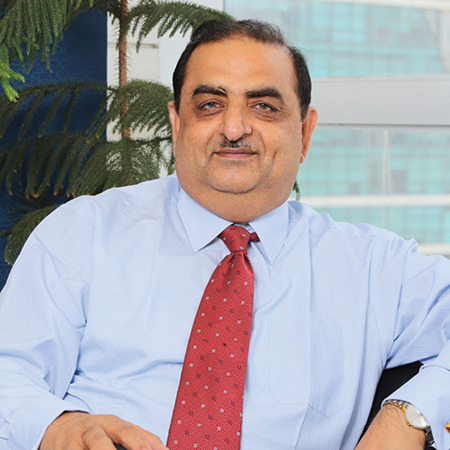Globally, Japanese company Daikin is number one in air conditioning. A former air conditioning engineer, with more than three decades’ experience under his belt, Kanwal Jeet Jawa is managing director of its Indian subsidiary and joined in 2010.
“I joined as a deputy managing director and COO for Daikin, and back then I could see that the Daikin road map was quite clear,” says Kanwal. “Daikin had worked in India from 2000-2004 as a joint venture company, and then from 2004-2009 they worked on an India project team. They wanted to be number one in India, too, and I could see that Daikin already had processes underway to be the leaders. I also saw their plans and the project report they had and so I was quite excited to take on the opportunity.”
Within six months, Kanwal had been promoted to managing director and he set about growing the business, as well as its market share. His key areas of focus at that time were product, people, systems, service, and brand. “Daikin always had strong processes to be the leaders,” he says.
“Daikin had a presence here, but it had been too quiet for too long, so we went to the masses with our product range, which was tailored to the Indian air conditioning customer, and what we knew they were looking for. We moved into dealer expansion, launched innovative new products for the Indian market, and established our distribution channels from Kashmir all the way down to Kanyakumari.
“The global aim was that the customer always comes first, so Daikin had to launch products that were specifically designed for Indian conditions, using its global technology expertise.
In India back in 2010, there were lots of Koreans and locals manufacturing in air conditioning and we positioned Daikin’s price point at 10-15% premium above them. However, our Japanese DNA is very strong in terms of manufacturing, engineering, and big investments in manufacturing plants. The Japanese are known for their quality and Indian customers are willing to pay for that quality. The Japanese are also known for their innovation of products, and for making big investments in research and development.”



